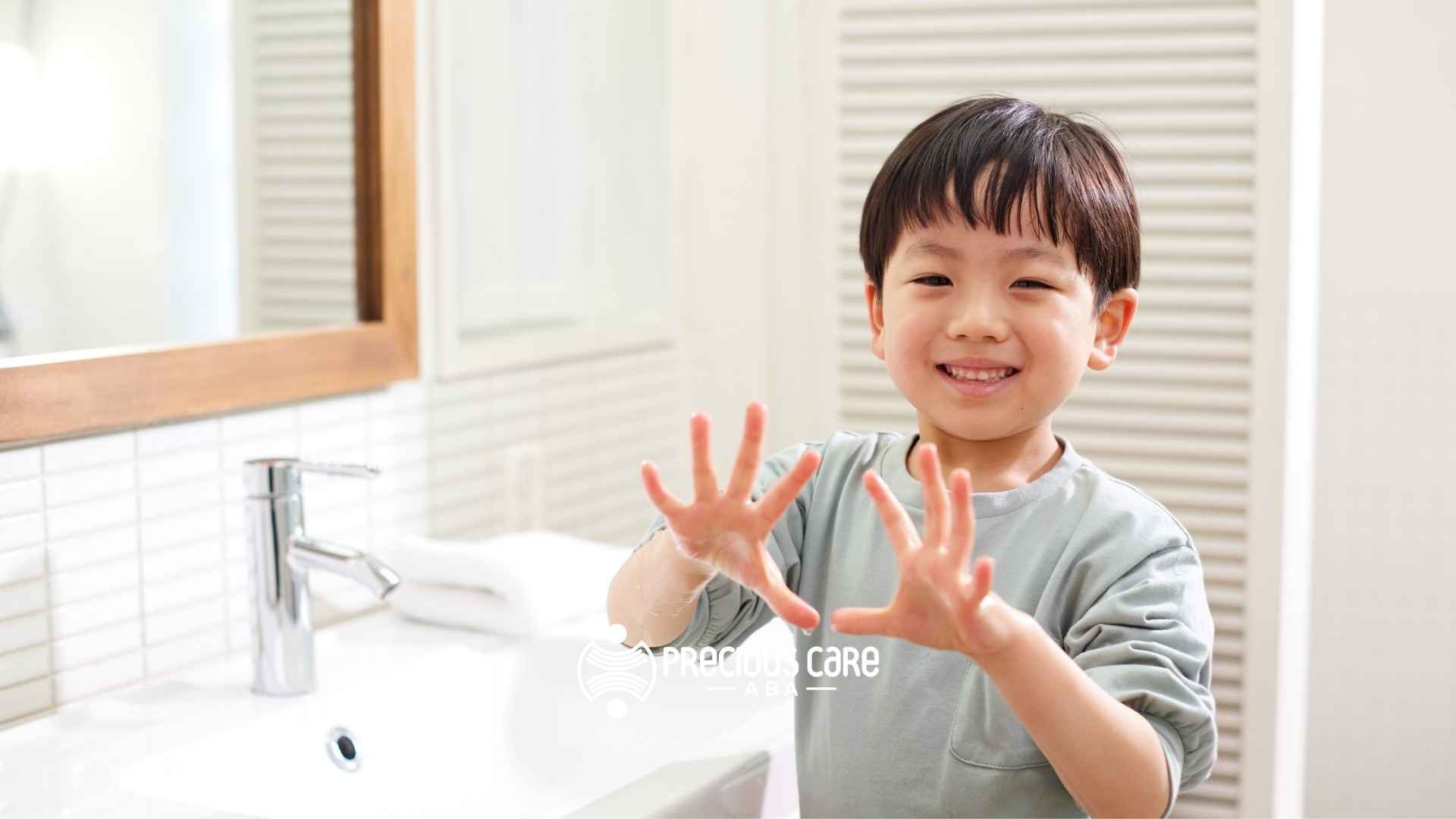The three types of chaining in ABA therapy are forward chaining, backward chaining, and total task chaining. Each method breaks down complex behaviors into smaller steps to help individuals learn by building skills step-by-step.
1. Forward Chaining
This method teaches the first step of a task first. Once the learner masters that step, the therapist adds the next step. The learner continues adding steps sequentially until mastering the full task. For example, teaching tooth brushing might start with picking up the toothbrush, then putting on toothpaste, and so on.
2. Backward Chaining
Backward chaining starts with the final step of the task. The learner is taught to complete the last step independently while the therapist completes the earlier steps. Over time, the learner masters earlier steps, moving backward. For instance, washing hands might start with drying hands first, then soaping, and finally turning on the faucet.
3. Total Task Chaining
In total task chaining, the learner is guided through the entire task from start to finish during every session. Support is given for steps that aren’t yet mastered, with prompting gradually reduced as independence grows. This is ideal when the learner can tolerate the full sequence but needs help throughout.
Families in Colorado, Utah, New Jersey, and Maryland appreciate how Precious Care ABA customizes which chaining method to suit each child’s strengths and needs. This flexible approach unlocks independence in skills like dressing, feeding, and hygiene.
What are the three types of chaining in ABA? Understanding and applying forward, backward, and total task chaining opens the door to mastering complex skills step by step.
Ready to see tailored ABA chaining strategies in action? Schedule a “Chaining Skills Assessment” with Precious Care ABA today to help your loved one gain lasting independence.


